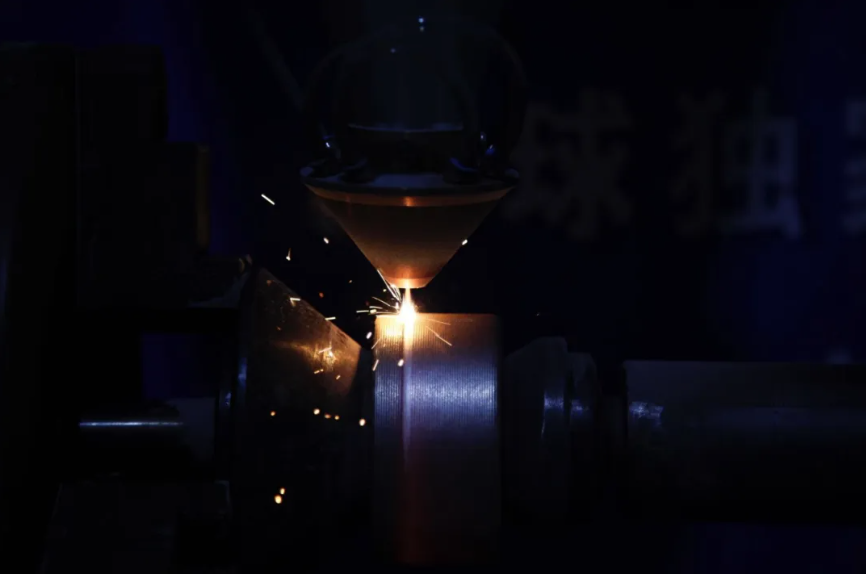Laser cleaning technology: mechanism
Laser cleaning is a technology that utilizes a high energy density laser beam to interact with the surface of a material, causing dirt or coatings, etc., to be stripped or decomposed from the surface of the substrate, thus realizing the purpose of cleaning.
The laser cleaning process involves a variety of physical mechanisms, such as thermal ablation, stress vibration, thermal expansion, evaporation, phase explosion, evaporation pressure, and plasma impact, etc., which work together to promote the separation of the cleaning object and the substrate to achieve the effect of cleaning.
According to the different cleaning media, laser cleaning can be divided into laser dry cleaning, wet laser cleaning, and laser shock wave cleaning.
Laser dry cleaning
Laser dry cleaning is currently the most widely used laser cleaning method, the use of laser beams directly irradiates the substrate surface so that the substrate produces thermal expansion to overcome the van der Waals force, to remove the dirt.
Laser intensity: laser energy density variations significantly affect the cleaning effect, low energy intensity to evaporation and phase explosion is dominated by high energy density evaporation pressure, shock effects also play a role, ultra-high energy will produce plasma and other issues. Usually cleaned at lower energy density to protect the substrate.
Laser wavelength: wavelength and material energy coupling related to the short wavelength to photochemical ablation dominated by the long wavelength to photothermal ablation dominated by the wavelength and wavelength affects the particles and the substrate between the force and temperature distribution, which in turn affects the cleaning power and efficiency of the cleaning of different materials when the wavelength of the impact is also different.
Pulse width: pulse and long-pulse cleaning mechanisms are different, long pulse ablation effect is strong but has poor selectivity, short pulse can produce higher temperatures and shock waves to remove pollutants and small damage, and ultra-fast laser pulse width for the “cold ablation” mechanism.
The angle of incidence: Vertical irradiation of pollutant particles will block the laser; oblique irradiation can improve cleaning efficiency.
*Laser dry cleaning mechanism and the influence of key parameters on the cleaning effect: a) Mechanism b) Wavelength c) Pulse width d) Incidence angle e) Frontal/backside incidence
Wet Laser Cleaning
Realized through the liquid film assistance, the workpiece to be cleaned on the surface of a layer of liquid film pre-set, the laser direct irradiation, and the liquid rapid heating, resulting in a strong impact, so that the substrate surface contaminants removed.
Laser Shockwave Cleaning
Laser shock wave cleaning technology is divided into two categories: dry laser and hybrid laser shock wave cleaning.
Dry laser shock wave cleaning, laser focusing to produce plasma impact particles, can avoid direct irradiation damage, but there will be a blind spot, you can change the angle of incidence or double beam cleaning to improve.
Hybrid laser shock wave cleaning including steam, underwater, wet laser impact, and other methods, the use of liquid correlation to remove dirt, and the density of the liquid and other characteristics related to the application of a wide range and obvious advantages.
*Laser shock wave cleaning mechanism: a) Dry laser shock wave cleaning b) Improved dry laser shock wave cleaning b1) Single beam laser b2) Dual beam laser c) Wet laser shock wave cleaning
Reading more at https://www.mrj-lasermark.com/info/







Comments
Post a Comment